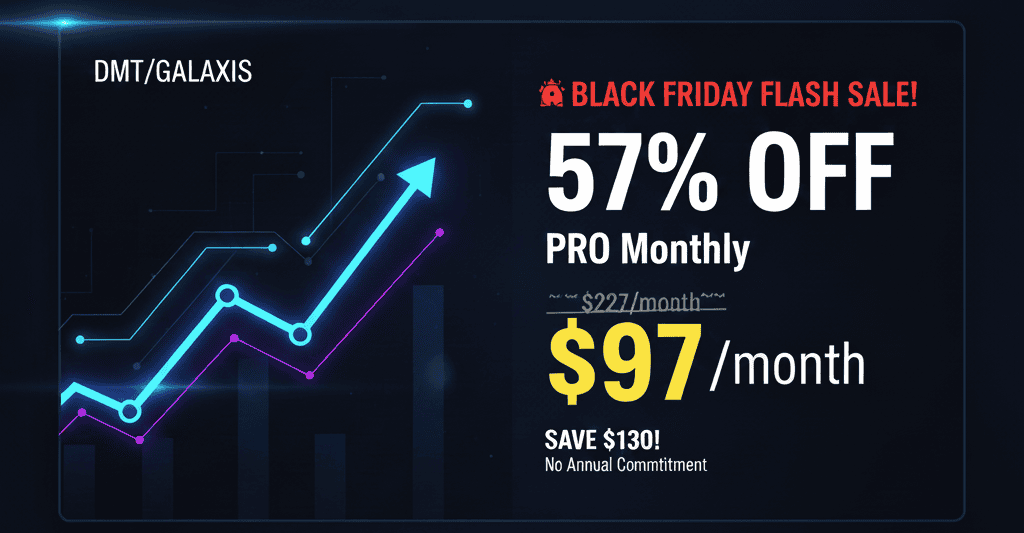Understanding ROI for Narrative-Driven Platforms
Understanding ROI for narrative-driven platforms requires a structured approach to evaluate the financial impact of storytelling in your marketing efforts. This guide outlines how to measure the effectiveness of narrative strategies and provides actionable insights for optimizing your content.
Measuring Engagement Metrics
Engagement metrics are crucial for assessing the effectiveness of narrative-driven campaigns. These metrics provide insight into how well your audience interacts with your content. Key metrics include:
- Audience Engagement Scores: Track likes, shares, comments, and time spent on pages.
- Conversion Rate Tracking: Measure how many users take desired actions after engaging with narratives.
- Retention Rates: Evaluate how many users return after their initial interaction with your story-based content.
To effectively measure these metrics, use analytics tools like Google Analytics, which can help you visualize engagement trends over time . Establish benchmarks based on industry standards; for example, an average engagement rate of 1% to 5% is typical across various digital platforms.
Storytelling in Advertising
Storytelling enhances advertising by creating emotional connections with audiences. Effective narratives can significantly influence consumer behavior and drive sales. When analyzing the ROI of storytelling in advertising:
- Identify Key Performance Indicators (KPIs): Focus on metrics such as click-through rates (CTR) and return on ad spend (ROAS).
- Segment Your Audience: Tailor stories to different demographics to maximize relevance and impact.
- Utilize A/B Testing: Experiment with different narrative styles or formats to determine which resonates best with your audience.
Research indicates that brands using storytelling in ads see up to a 23% increase in sales compared to those that do not . By aligning narratives with audience values and preferences, you can enhance brand loyalty and increase conversion rates.
Content Strategy Optimization
Optimizing content strategy involves refining how narratives are integrated into broader marketing efforts. Follow these steps:
- Conduct Content Analysis Techniques: Regularly assess which types of stories perform best across channels.
- Leverage Data Visualization Tools: Use tools like Tableau or Google Data Studio to present data clearly and identify trends.
- Iterate Based on Feedback: Gather feedback from audiences through surveys or social media interactions to improve future narratives.
Companies that optimize their content strategy often experience higher engagement levels; studies show that personalized content yields six times higher transaction rates than non-personalized approaches . Ensure your strategy aligns closely with consumer insights for maximum impact.
Checklist
- Define clear engagement metrics relevant to your goals.
- Utilize analytics tools effectively for tracking performance.
- Test different storytelling techniques through A/B testing.
- Gather audience feedback regularly for continuous improvement.
FAQ
How can I effectively measure the ROI of my narrative-driven campaigns?
To measure ROI effectively, track both qualitative and quantitative metrics related to user engagement and conversions linked directly to your narratives.
What metrics should be considered when assessing story-based marketing efforts?
Key metrics include audience engagement scores, conversion rates, retention rates, and customer lifetime value (CLV).
How does audience engagement influence the ROI of digital narratives?
Higher audience engagement typically leads to improved conversion rates, thereby increasing overall ROI from narrative-driven campaigns.
What are best practices for optimizing ROI through storytelling?
Focus on understanding your target audience’s preferences, utilizing data analytics tools for insights, and continually refining your strategies based on performance feedback.
Can traditional business metrics apply to narrative-driven platform evaluations?
Yes, traditional business metrics like revenue growth, cost per acquisition (CPA), and customer retention can be adapted for evaluating the success of narrative-driven initiatives by linking them directly back to specific stories or campaigns used.
By following this structured approach towards understanding ROI for narrative-driven platforms, you will gain actionable insights that drive better decision-making in your marketing strategies while maximizing financial returns from engaging narratives.
